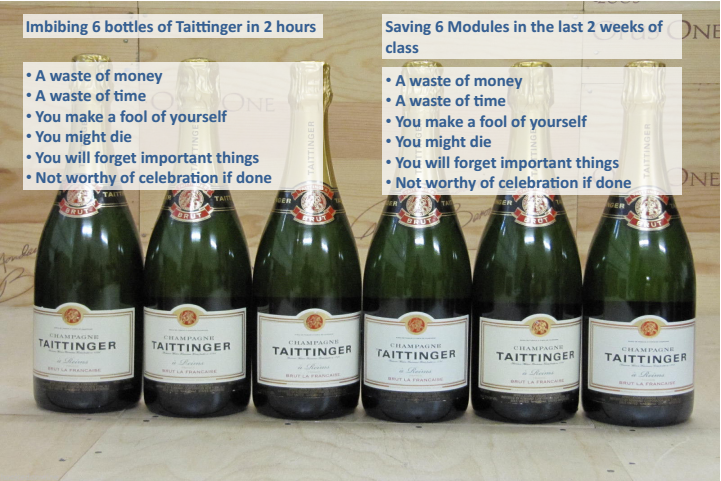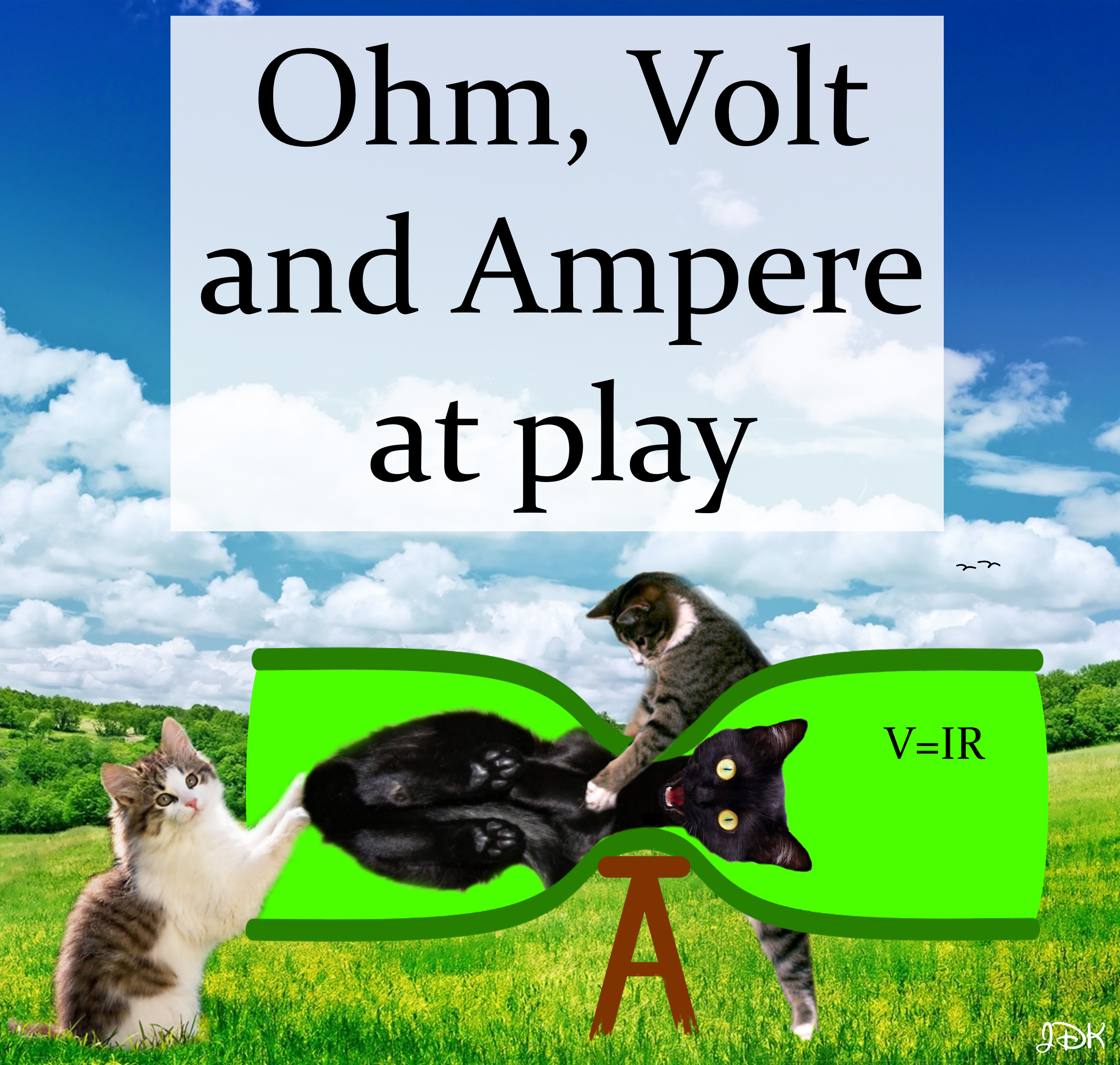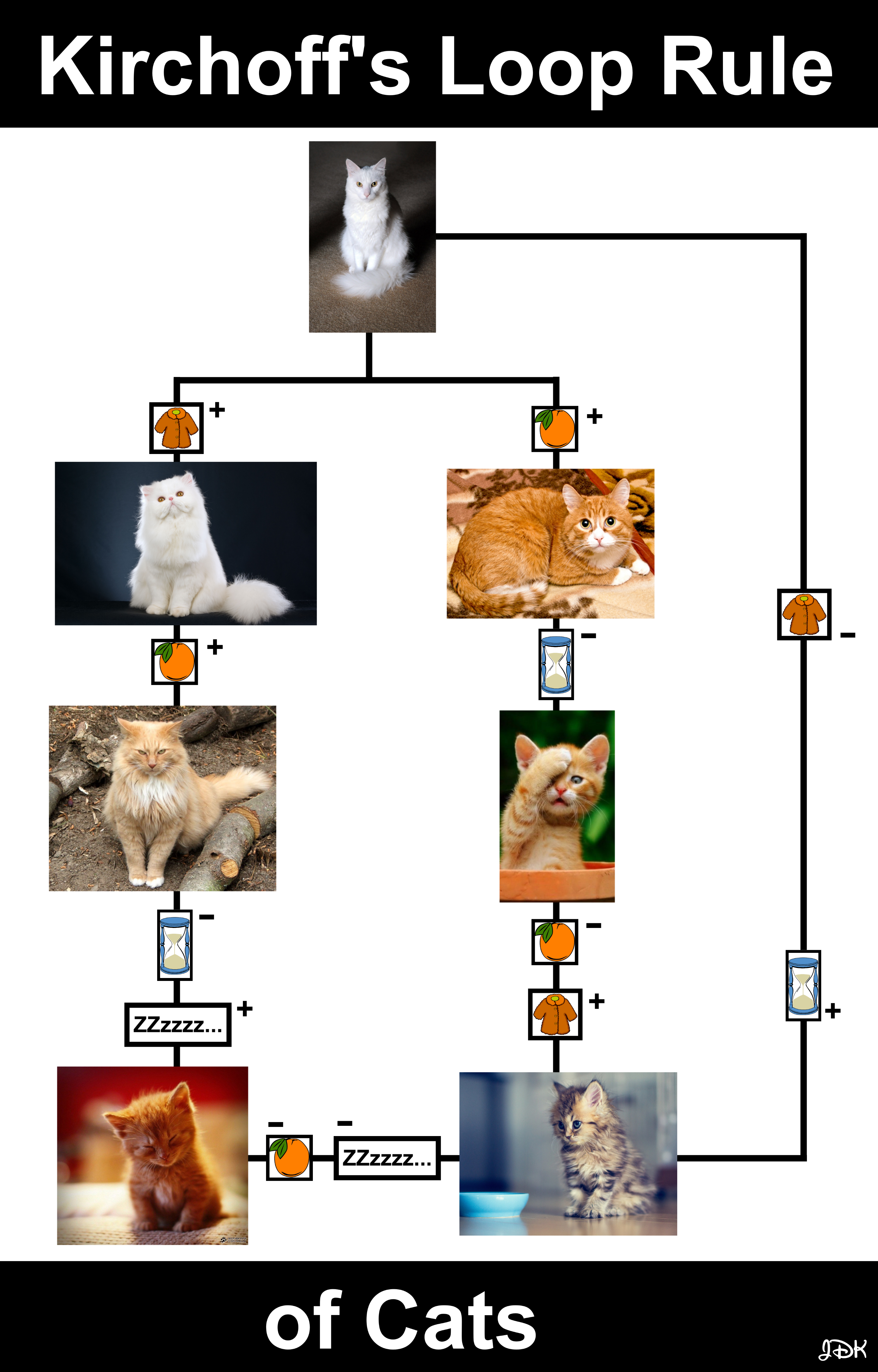Marissa B. P. Adams
PhD Candidate
University of Rochester
Department of Physics & Astronomy






Marissa AdamsPhD CandidateUniversity of Rochester
|

(Photo Credit: Ellen Harder) |
👋 Welcome to my tiny corner of the internet. Enjoy your stay!
I am a computational plasma physicist, currently a PhD candidate at the University of Rochester. I work jointly in the Extreme State Physics Laboratory (XSPL) run by Professor Pierre-Alexandre Gourdain, and the Flash Center for Computational Science, led by Professor Petros Tzeferacos.
My research may be summarized as a general questioning of how things that operate at smallest scales impact macro-scale physics. I prefer to work within a hydrodynamic or fluid-based framework, with a larger interest on harnessing transport in plasmas. Some general examples include:
keywords: magnetohydrodynamics (MHD), turbulence, transport, mix, instabilities, magneto-inertial fusion, laboratory astrophysics, FLASH
I am interested in the microphysical impacts on macroscopic, or meso-scale, transport quantities in collisional magnetized plasmas* [Braginskii, 1965]. Effectively I care how concepts such as resistivity, heat conductivity, and viscosity, might be dependent on phenomena such as turbulence in a magnetized collisional plasma. One such regime where you would encounter such plasmas are in Z-pinches, where the Lorentz force law is utilized to employ inertial implosions mediated by magnetic fields.
The premise of my work is quite simple in that I perform what I refer to as "numerical experiments." Such examples are listed here:

Some potential applications or outcomes of this work:
The Ion-Weibel instability is a leading candidate mechanism that mediates shocks in astrophysical plasmas and aids in the generation of magnetic fields. These structures originally form within an initially unmagnetized, collisionless, interpenetrating plasma; one can think of them as two colliding flows. Experiments performed at the OMEGA laser facility at the LLE visualized Weibel-driven magnetic field structures with 15-MeV fusion protons at the midplane between two CH foils separated by 5mm [Huntington+2015, Park+2015, Huntington+2017]. Additional experiments were performed by our Project Lead and colleagues for varied foil materials. Thomson scattering data was used to benchmark modeling for full temporal evolution of the plasma.
My contributions to this project may be summarized as a validation of the latter experiment's results. My single-flow overlapped FLASH simulations compared well with data for the 8-mm separation cases of CH and Al. The plasma conditions (density and velocities) provided from my FLASH results then aided in a fastest-growing-mode analysis. The outcome suggesting minor variation in magnetic field strength and saturation.
Project Lead: (General Atomics) M. J.-E. Manuel
Collaboration: (UCSD) S. Ghosh, R. Jonnalagadda, F. Beg; (LLNL) C. Huntington, J. S. Ross, D. D. Ryutov, G. F. Swadling, H.-S. Park; (UR) M. B. P. Adams, P. Tzeferacos; (Osaka U) Y. Sakawa; (MIT) H. Sio
Magnetic fields are omnipresent in our universe and a key astrophysical process behind their origin is the Biermann battery mechanism [Biermann, 1950]. This mechanism generates magnetic fields due to misaligned density and temperature gradients, also encountered in terrestrial laser-driven plasma experiments [Haines, 1986]. The latter are therefore ideal for validating the theory and simulation tools used to model magnetic field generation in astrophysical and laboratory environments. Recent high repetition-rate laser experiments performed by the HEDP Group at UCLA [Pilgram et al., in prep.] on the PEENING laser are furnishing large datasets of Biermann battery magnetic field measurements in expanding plasma plumes via B-dot probes, centimeters away from the laser-target interaction. I am leading a suite of numerical simulations that model these experiments, using the multi-physics radiation-magnetohydrodynamics code FLASH. The simulations allow us to explore a variety of questions regarding the plasma properties of the expanding plasma plumes and the strength and spatial distribution of the Biermann battery magnetic fields.

|

|
Collaboration: (UCLA) J. J. Pilgram, C. G. Constantin, C. Niemann; (CSUCI) S. Feister; (UR) M. B. P. Adams, P. Tzeferacos, P.-A. Gourdain
Z-pinches are a naturally occuring phenomena. For example the mechanism is utilized in the collimation of astrophysical jets, and atmospherically during a lightening strike. However Z-pinches are notoriously used in artificial settings, in particular, pulsed power devices (PPD), so as to deliver large amounts of energy (upwards to 1 MJ) in a short amount of time (nanoseconds) to a centimeter-scale target. Effectively what happens both within nature, as well as PPD, is that an axial current is generated, which is then furnished by an azimuthal magnetic field via the Lorentz force law. The magnetic energy may supercede the gas pressure, resulting in an implosion.
I have been leading the initiative to develop this capability within the high-performance computing adaptive mesh refinement code, FLASH. Once convergence testing has been completed the capability will be publicly available.

| Year(s) | Name | Overseer | Miscellaneous |
|---|---|---|---|
| 2018-2021 | Hannah R. Hasson | P.-A. Gourdain | PhD student, UR Department of Physics & Astronomy |
| 2018-2019 | Nitish Achyara | Hussein Aluie | PhD Student, UR Department of Mechanical Engineering |
| 2018-2019 | Shira Katz | Hussein Aluie | B.S. Mechanical Engineering UR (2019), NVH Vehicle Performance Engineer for Honda R&D Americas, Inc. as of 2019 |
| 2018-2019 | Carter A. Ball | P.-A. Gourdain | B.S. Physics (2020), graduate student in the Department of Physics at UMD as of 2021 |
| 2017-2021 | Imani West-Abdallah | P.-A. Gourdain | M.S. student, UR Department of Physics & Astronomy |
| 2016-2017 | Nathan Wies | P.-A. Gourdain | B.S. Physics UR (2020), software engineer at Akkio as of 2021 |
| 2016-2017 | Chiamaka Alozie | Pierre-Alexandre Gourdain | B.S. Chemical Engineering, iirc she now works for the EPA! |
During the Fall semesters of 2015 and 2016 I was Head TA for the Mastery-Self-Paced (MSP) version of Introductory Electricity and Magnetism for engineers. This involves the overseeing and management of upwards of 10-12 graduate and undergraduate teaching assistants and interns to ensure the course runs smoothly. I performed a significant amount of course development during those semesters to streamline the position of Head TA and the course in general. You may find my materials for Head TAs and the course in this git-repo. If you've used the repository, please become a contributor! I was first introduced to the MSP concept at its inception in the department. You can find more information on MSP courses below on this webpage.
This course was led by Professors Arie Bodek, Steven Manly, with consultation from Dan Watson. I worked closely with Nicholas Valentino from the College Center for Advising Services to assist struggling students in the course.
* For my work contributing to this course administratively and within the classroom, I was awarded the University's Edward Peck Curtis Award for Excellence in Teaching by a graduate student from the Office of the Provost in 2017.
|
Image(s). (below) Comparison with how a student may procrastinate on module completion in an MSP course to drinking too much champagne too fast. (top right) An illustration of how current, voltage and resistance play a role in wire... but with cats! Can you guess which one is which? (bottom right) similar extrapolation to solving circuits problems. Huge thank you to my colleague Jeffrey Kleykamp for designing the images with cats at my request, and to David Munson for printing them for the MSP classroom! 
|


|
For more information on MSP courses...
Professor Orr gave us free-reign in our workshop sessions. I took the liberty to write up my own workshop modules using problems from D. J. Griffiths, Giancoli, and Halliday, Resnick, and Walker. I wrote these up as an undergraduate so please be kind in your judgement!
** For my performance as a Teaching Intern, I was awarded the Department's Undergraduate Teaching Award (2014), which is presented at commencement to honor the best undergraduate teaching interns of the graduating class.
I had the privilege to be exposed to teaching opportunities early on as an undergraduate student. My first experience was in the summer of 2012. I had implemented and instructed the PREP Program at the University of Rochester's Department of Physics and Astronomy. The program invites women high school students from Rochester and the Greater Rochester Area onto the UR campus to be exposed to the collegiate atmosphere in the context of a physics summer school. Introduction to basic concepts (mechanics, electricity and magnetism, among other things) and topical research are provided through engaging activities, laboratory tours, visiting speakers and workshops.

|

|
madams[at]pas[dot]rochester[dot]edu
madams15[at]ur[dot]rochester[dot]edu
471 Bausch & Lomb Hall
Department of Physics & Astronomy
University of Rochester
Rochester, NY 14627-0171
USA